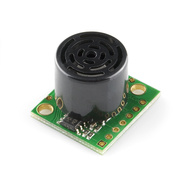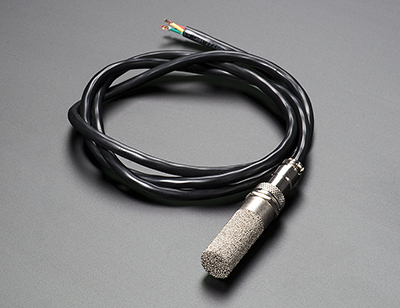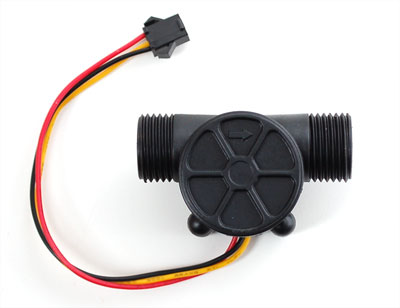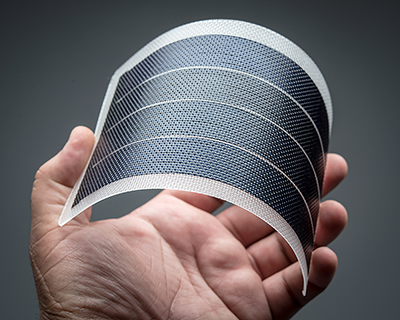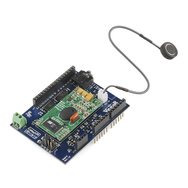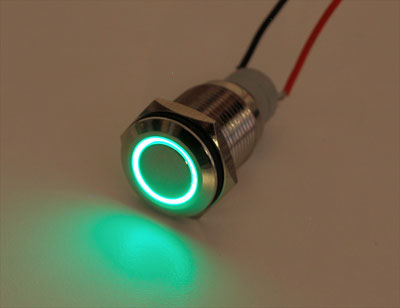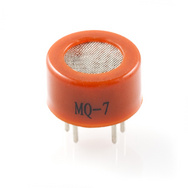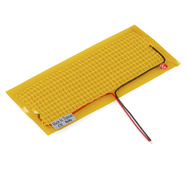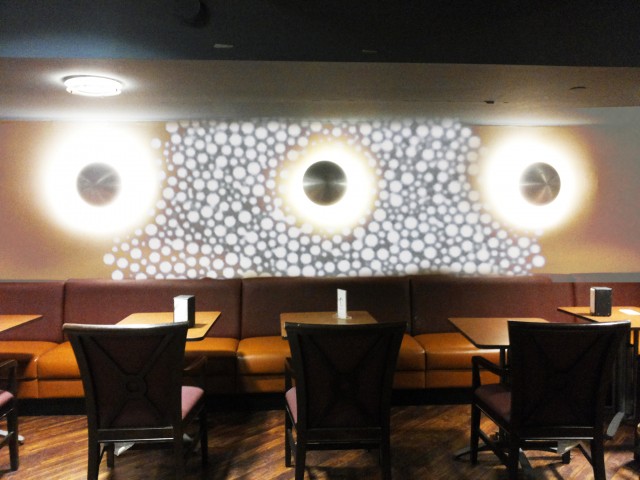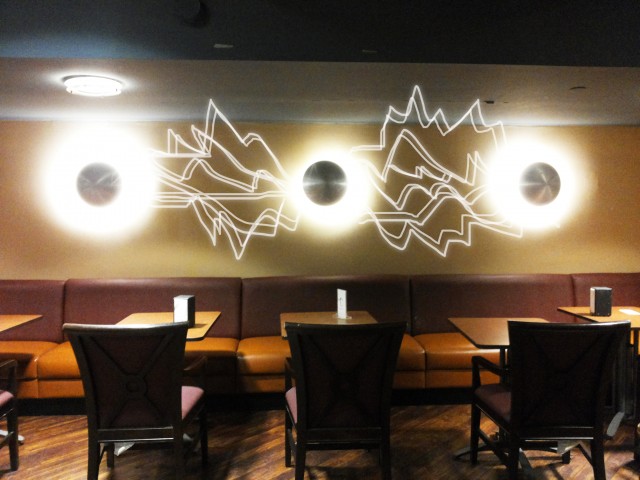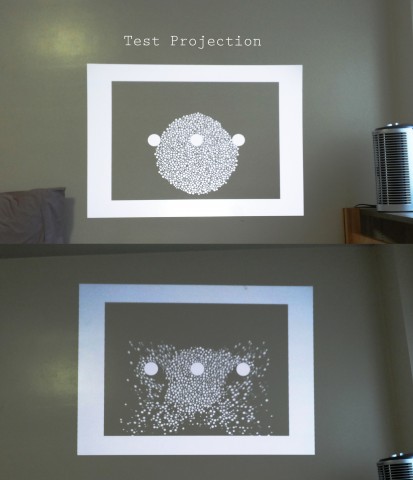Jun-Looking Outwards
Touch screen (Nintendo DSL digitizer)
https://www.adafruit.com/products/333
This would be great for user interactive projects. I’m thinking of games, here.
Geiger Counter Kit – Radiation Sensor
https://www.adafruit.com/products/483
Just learned about Geiger Counters in physics last week. I find being able to detect random radiation particles quite interesting. Not sure what I’d do with this yet, but it would be cool to play around with… if it weren’t so expensive.
RGB Color Sensor with IR filter
https://www.adafruit.com/products/1334
Having color input could be very useful. Since sight is arguably our strongest sense, I could imagine a nice program being made with color inputs from this sensor that reacts similarly to how humans would react to certain colors.
IR distance sensor includes cable (20cm-150cm)
https://www.adafruit.com/products/1031
Another sensor that might be good for user-interactive projects. Might be a good combination with RGB Color Sensor.


